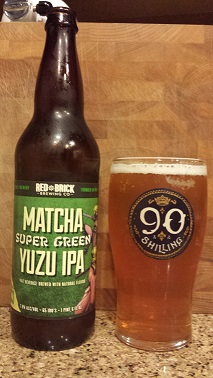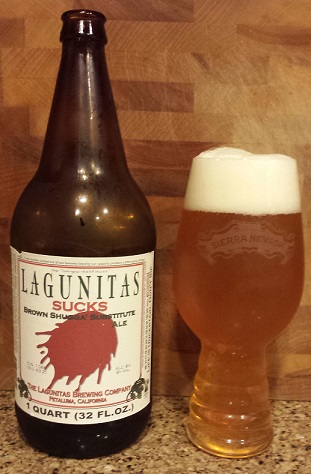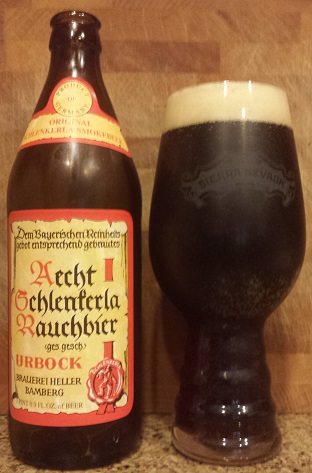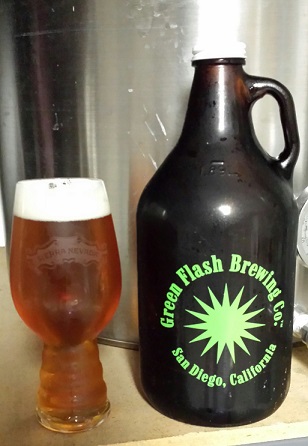Brad’s Beer Review: Red Brick Brewing’s Matcha Super Green Yuzu IPA
First, my apologies for missing the review last week. With the site migration not completing until Sunday, I didn’t get a chance to put something together.
This week I’ve tried to do something a little different. Here in Southern California, I could easily spend years doing a weekly review just of beer from San Diego County. Many of these, such as Alpine, are difficult to get even here in Orange County, much less for the rest of the world.
Luckily, I recently had a beer trade with a coworker who lives in Georgia. I sent him a box of Russian River beer, and he sent the best of the best of GA beer. I might as well review something that our readers back east have better access to than we do out here. In this case, it’s Red Brick Brewing’s Matcha Super Green Yuzu IPA. Because when I think Georgia–bearing in mind that I lived there for two years–my first thought is “green tea IPA”!
That said, it’s my first tea-infused beer, so it should be an interesting experience!
- Stats: 7.8% ABV, 62 IBU. 4.5 SRM.
- Aroma: Well, for an IPA, it certainly doesn’t lead with hops. Bit of a shame there. Maybe a bit of the tea, but not overwhelming. I definitely pick up a bit of graininess and a bit of phenol.
- Appearance: Pale gold, very hazy. Not much head. I typically pour rather gently, but as it was going I tried to get much more aggressive and still didn’t get much. I think the tea definitely causes the haze, but not sure on the head.
- Flavor: For an IPA, and a 62 IBU IPA at that, I don’t find it overwhelmingly bitter. There’s a maltiness in there. Granted, this is not all that uncommon for East Coast IPAs. The tea is not overdone. A concern with any spiced beer is that the spice will absolutely overwhelm everything else. In this case it melded very well. I would have liked some more hops, though.
- Mouthfeel: Light to medium body, but with a bit of sweetness that makes it seem a little bigger than it is. I think here is where the tea is most detectable, though. It’s different on the tongue than a typical beer. I get this tiny back-of-the-tongue astringency that I don’t get often.
- Overall Impression: This one was just “ok” for me. Everything seemed a bit “muddled”. I like nice crisp dry IPAs that are heavy on the hops. I didn’t get them. I do like tea, and I was expecting a bit more noticeable tea character. And the maltiness kind of overshadowed both of those. I wouldn’t really recommend this one.
There you have it. A great big “meh”. I’m sure it’s possible to get green tea to work harmoniously in an IPA, but this isn’t the one.





